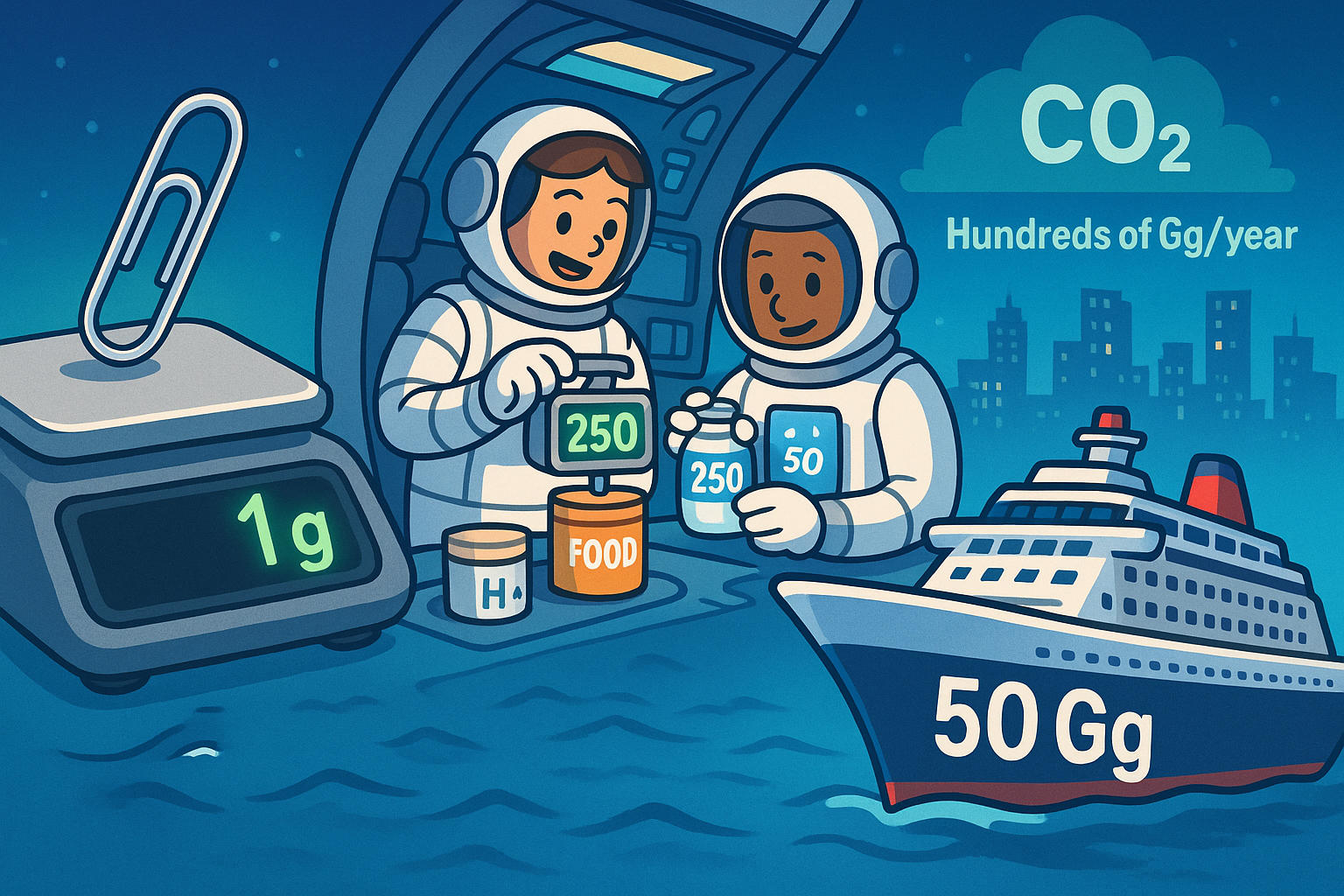grams to gigagram – How to convert g to Gg
Need to convert grams to gigagrams? Although rarely used in daily life, this conversion is crucial in large-scale measurements such as environmental science, shipping, and infrastructure. In this guide, we’ll help you understand how to convert grams to gigagrams (g to Gg), explain both units in depth, and share real-world insights and facts that put this unit into perspective.
A Gram and A Gigagram
-
A gram (g) is one of the most commonly used metric units of mass. It is defined as one-thousandth of a kilogram and is widely used in everyday weight measurement, from food to medication and science experiments. It is used in recipes, packaging, nutrition labels, and laboratories.
-
A gigagram (Gg) is an extremely large unit of mass, equal to 1,000,000,000 grams or 1,000 metric tons (1 kiloton). This unit is rarely used in everyday measurements but is essential in large-scale scientific research, waste management, carbon emissions tracking, and industrial data reporting. It is Used in: environmental reports, geology, industrial logistics

How to Convert Grams to Gigagrams?
The conversion is simple with this formula:
Gg = g ÷ 1,000,000,000
Example: If you have 800,000,000 grams:
800,000,000 ÷ 1,000,000,000 = 0.8 Gg
For more large unit conversions, explore our Conversion Tools
Did You Know?
-
The average paperclip weighs about 1 gram. This has made it a common reference for visualizing small masses in classrooms around the world.
-
In the movie Interstellar, astronauts bring precise rations measured in grams to optimize survival time and ship capacity, highlighting the role of grams in space missions.
-
A fully loaded passenger cruise ship can displace over 50 gigagrams in weight. That’s 50 billion grams moving across the ocean.
-
The carbon dioxide emissions from a medium-sized city in a year can exceed a few hundred Gg, according to environmental reports from the EPA and NASA.
The Carbon Footprint War
In 2009, a groundbreaking climate agreement was forged at the Copenhagen Summit. While many nations debated targets in gigatons, scientists emphasized the importance of monitoring emissions at the gigagram level for more localized tracking.
One study, later published in Nature Climate Change, examined how industrial zones in Germany, using gigagram-scale carbon accounting, were able to pinpoint inefficiencies and reduce emissions by 18% within 3 years.
This shift from broad estimates to gigagram-level precision helped local governments develop real climate strategies. In a world where every gram counts, gigagrams became the metric of accountability.

Conclusion
Grams and gigagrams sit on opposite ends of the metric mass spectrum—one common and compact, the other vast and industrial. Understanding how to convert g to Gg is more than just math; it's a way to grasp scale, responsibility, and the massive data used in science and sustainability.
Need help with smaller or more common units? Try our Weight Converter

